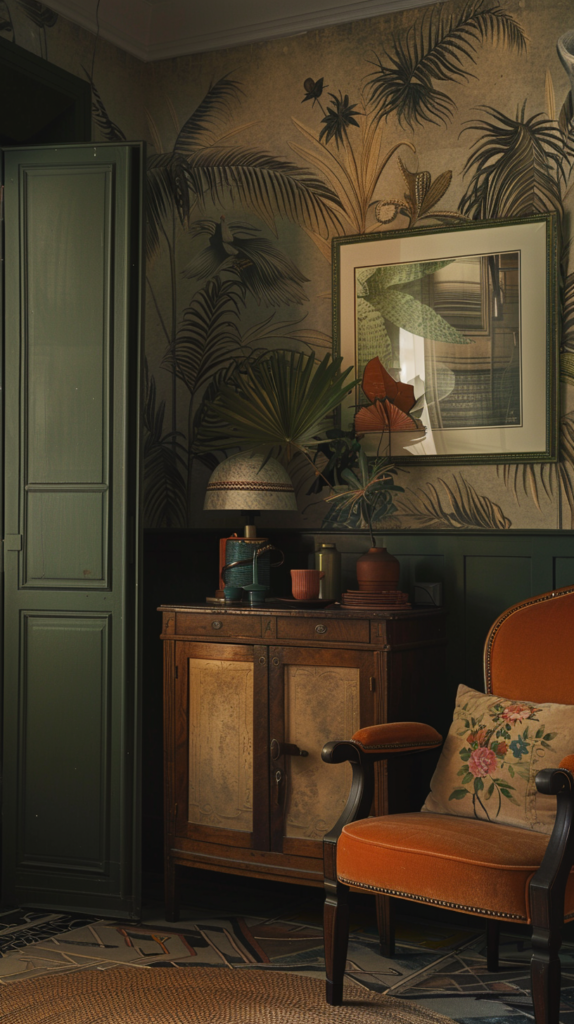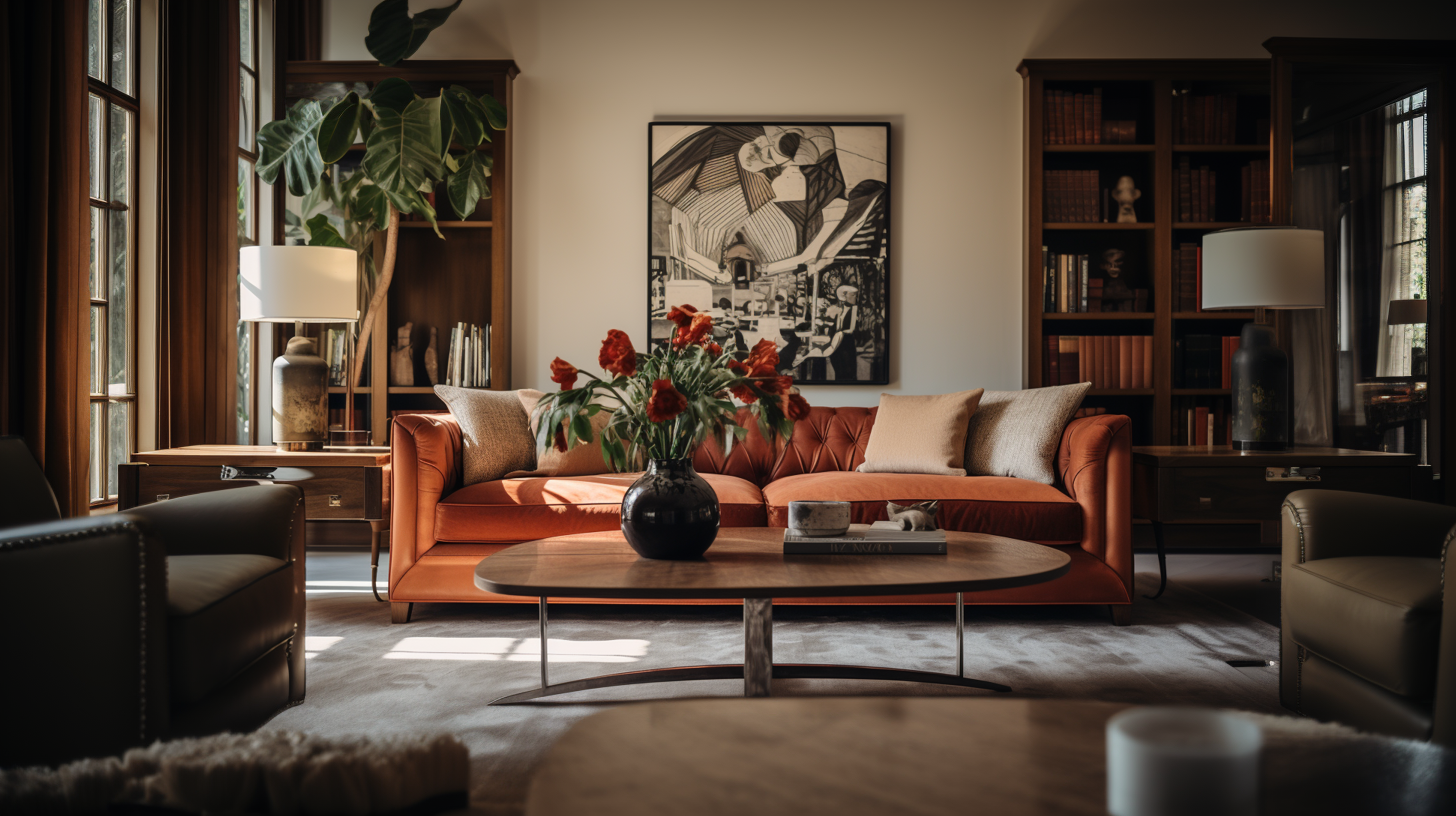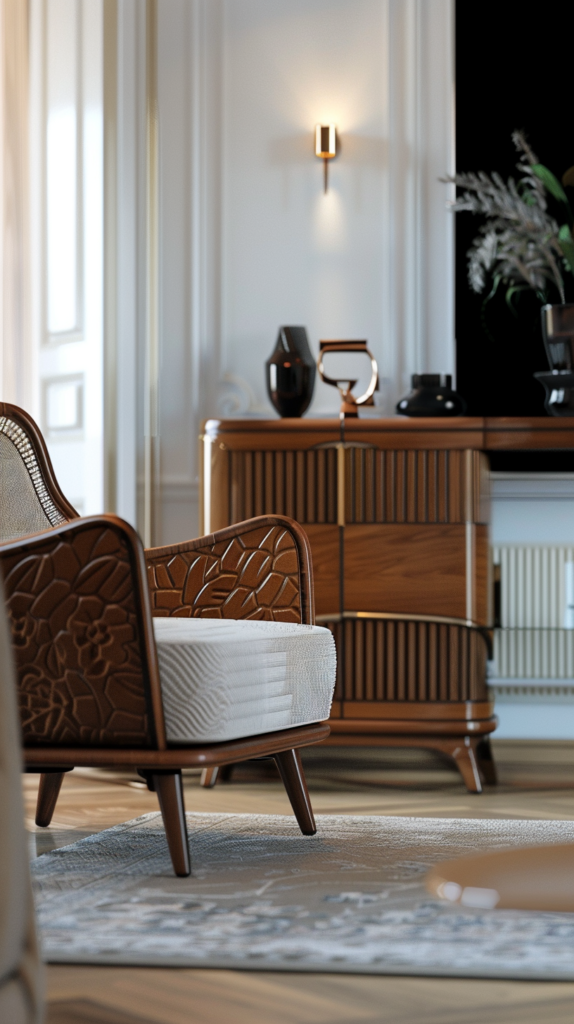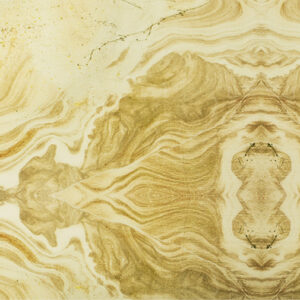Inspiration
A DEEP DIVE INTO THE TIMELESS WORLD OF ART DECO FURNITURE
Unveil Luxury, Unleash Comfort – Eclectic Niche.
In the dazzling world of design, one movement stands out as a beacon of elegance and opulence — Art Deco. Emerging in the early 20th century, Art Deco became a symbol of glamour and sophistication. In this comprehensive exploration, we will embark on a journey through the intricate tapestry of Art Deco furniture, uncovering its origins, identifying its distinctive features, understanding its influences, and appreciating its enduring legacy.
During the Art Deco era, which spanned from the 1920s to the 1940s, a variety of furniture pieces gained popularity. Sleek and streamlined designs, such as cocktail bars, mirrored cabinets, and lacquered woods, were prevalent. Iconic pieces like the chaise lounge, sunburst mirrors, and stepped side tables became synonymous with Art Deco style.
Art Deco, short for Arts Decoratifs, translates to decorative arts in English. movement sought to celebrate the fusion of art and the interior design industry, rejecting the ornate styles of the past in favor of modern and streamlined aesthetics.
The Allure of Art Deco Furniture
At the dawn of the 20th century, a seismic shift occurred in the realm of design. The ornate and intricate styles of the past were pushed aside, making way for a new era of modernity and luxury. Art Deco, a term derived from Arts Décoratifs, encapsulated this transformation. It was more than a style; it was a movement that celebrated the fusion of art and industry.
As society embraced technological advancements, a desire for a new aesthetic emerged. Art Deco arose as a response to the ornamental excesses of Art Nouveau, offering a sleek, streamlined alternative that resonated with the spirit of the times. The movement was an intricate dance between tradition and modernity, embodying a visual language that spoke of progress, luxury, and a departure from the past.
Art Deco furniture emerged as a testament to this celebration. Sleek, streamlined designs became the hallmark of this movement. From cocktail bars that exuded sophistication to mirrored cabinets reflecting the era’s fascination with luxury, each piece was a work of art. The chaise lounge, sunburst mirrors, and stepped side tables became iconic, embodying the essence of Art Deco style.
Craftsmen and designers sought to create pieces that were not just functional but also works of art that could elevate the everyday experience. The allure of Art Deco furniture lay in its ability to transform utilitarian objects into statements of opulence. Every curve, every angle was carefully considered to contribute to a harmonious aesthetic that spoke of luxury and modernity.
Decoding Art Deco
Identifying Art Deco furniture involves understanding its unique characteristics. Geometric patterns, sleek lines, and bold symmetry define these pieces. Luxurious materials like exotic woods, chrome, and mirrors are telltale signs. It’s the intricate detailing that sets Art Deco furniture apart, creating a harmonious blend of form and function.
Geometric motifs, such as chevrons, zigzags, and sunbursts, are prevalent in Art Deco design. These patterns are not just decorative; they are a visual language that communicates the movement’s embrace of modernity. The use of symmetry reflects a sense of order and balance, creating a visual appeal that is both striking and sophisticated.
Luxurious materials were integral to the Art Deco aesthetic. Exotic woods like macassar ebony and zebrawood were favored for their rich grain patterns. Chrome accents added a touch of glamour, while mirrors created an illusion of space and added to the overall opulence. Lacquer, a material associated with Asian art, was used to create vibrant and durable finishes.
The Palette of Art Deco
Art Deco’s color palette is a vibrant symphony that adds to its allure. Rich jewel tones like emerald green, sapphire blue, and ruby red, alongside metallics such as gold and silver, create a dramatic visual impact. The clever use of contrasts between light and dark enhances the overall aesthetic, leaving a lasting impression.
Color played a crucial role in defining the mood and character of Art Deco interiors. Bold, contrasting hues were used to create a sense of drama and vibrancy. Walls adorned in deep, saturated colors provided a striking backdrop for furniture and decorative elements. The use of mirrored surfaces also amplified the effect of these rich color palettes, creating a sense of luxury and grandeur.
The Visual Poetry of Art Deco
What does Art Deco look like? It’s a question answered by symmetrical patterns, stepped forms, and angular shapes. Smooth, polished surfaces, mirrored accents, and bold color contrasts contribute to the visual poetry that defines Art Deco. It’s a style that transcends time, a harmonious marriage of elegance and modernity.
The visual language of Art Deco is a celebration of geometry and symmetry. Stepped forms, known as ziggurats, add depth and dimension to furniture and architectural elements. Angular shapes, inspired by the Cubist movement, create a sense of dynamism and energy. Smooth, polished surfaces, often lacquered or veneered, contribute to the sleek and streamlined aesthetic.
Materials of Art Deco
Art Deco furniture is a testament to craftsmanship and luxury. Exotic woods, lacquer, chrome, glass, and mirrors form the palette of materials that craft these opulent pieces. The juxtaposition of these elements creates a visually rich and sophisticated aesthetic, embodying the spirit of the Art Deco movement.
Exotic woods like ebony, mahogany, and rosewood were meticulously crafted to highlight their natural beauty. The use of lacquer, a technique borrowed from Asian art, added a glossy and durable finish to furniture. Chrome and other metals were employed for their reflective qualities, contributing to the overall glamour of Art Deco design. Mirrored surfaces were another hallmark, creating a sense of space and luxury.
The Most Expensive Art Deco Furniture
Some Art Deco pieces command astronomical prices in the market. The works associated with legendary designers like Émile-Jacques Ruhlmann and Jules Leleu are among the most coveted. Rarity, exotic materials, and intricate craftsmanship contribute to the exclusivity and value of these priceless creations.
Émile-Jacques Ruhlmann, often referred to as the “Master of Art Deco,” created furniture that epitomized luxury. His designs, characterized by refined lines and impeccable craftsmanship, are considered some of the most valuable and sought after in the Art Deco market. Jules Leleu, known for his elegant and timeless creations, also commands high prices due to the rarity of his pieces and the influence he had on the movement.
Echoes of Influence
Art Deco drew inspiration from diverse sources – ancient Egyptian art, Cubism, the Ballets Russes, and the machine age. This amalgamation of influences resulted in a unique and eclectic design movement that reflected the cultural shifts of the time.
The influence of ancient Egyptian art is evident in the use of geometric shapes and motifs. The discovery of Tutankhamun’s tomb in the early 20th century sparked a fascination with Egyptian design, and this influence manifested in Art Deco furniture through the use of pyramid shapes and stylized motifs.
Cubism, an art movement that deconstructed and reassembled objects in abstract forms, had a profound impact on Art Deco. The angular and geometric shapes associated with Cubism found expression in the stepped forms and intricate patterns of Art Deco furniture.
The Ballets Russes, a revolutionary dance company, introduced exotic themes and vibrant colors to the Western world. This influence is seen in the use of bold colors and exotic materials in Art Deco design. The movement embraced the idea of escapism and luxury, transporting people to a world of glamour and sophistication.
The machine age brought about a new aesthetic that celebrated industrialization. Art Deco incorporated elements inspired by machinery, such as streamlined forms and chrome accents. This embrace of modernity was a defining feature of the movement.
Art Deco furniture isn’t just a relic of the past; it’s a timeless expression of glamour and sophistication. The enduring value it holds, sought after by collectors and enthusiasts alike, is a testament to its significance. As we navigate through the rich tapestry of Art Deco furniture, it becomes evident that this movement is more than a chapter in design history; it’s a legacy that continues to captivate and inspire.
The enduring legacy of Art Deco is seen in its influence on subsequent design movements. Mid-century modernism, with its clean lines and functional forms, owes a debt to the streamlined aesthetic of Art Deco. Contemporary designers continue to draw inspiration from the movement, creating pieces that pay homage to its timeless appeal.
The revival of interest in Art Deco is not just a nostalgic look back; it’s a recognition of the enduring relevance of its design principles. The movement’s ability to seamlessly blend luxury with modernity, tradition with innovation, continues to resonate with a global audience.
As we reflect on the journey through the world of Art Deco furniture, it’s clear that this movement is more than a stylistic choice; it’s a testament to the human desire for beauty, for the elevation of the everyday to the extraordinary. In the intricate details of a mirrored cabinet, the sleek lines of a chaise lounge, and the bold colors of a lacquered bar, we find not just pieces of furniture but fragments of a narrative that transcends time. Art Deco isn’t just a design movement; it’s a visual symphony that continues to play, captivating the hearts and minds of those who seek elegance and opulence in every corner of life.








